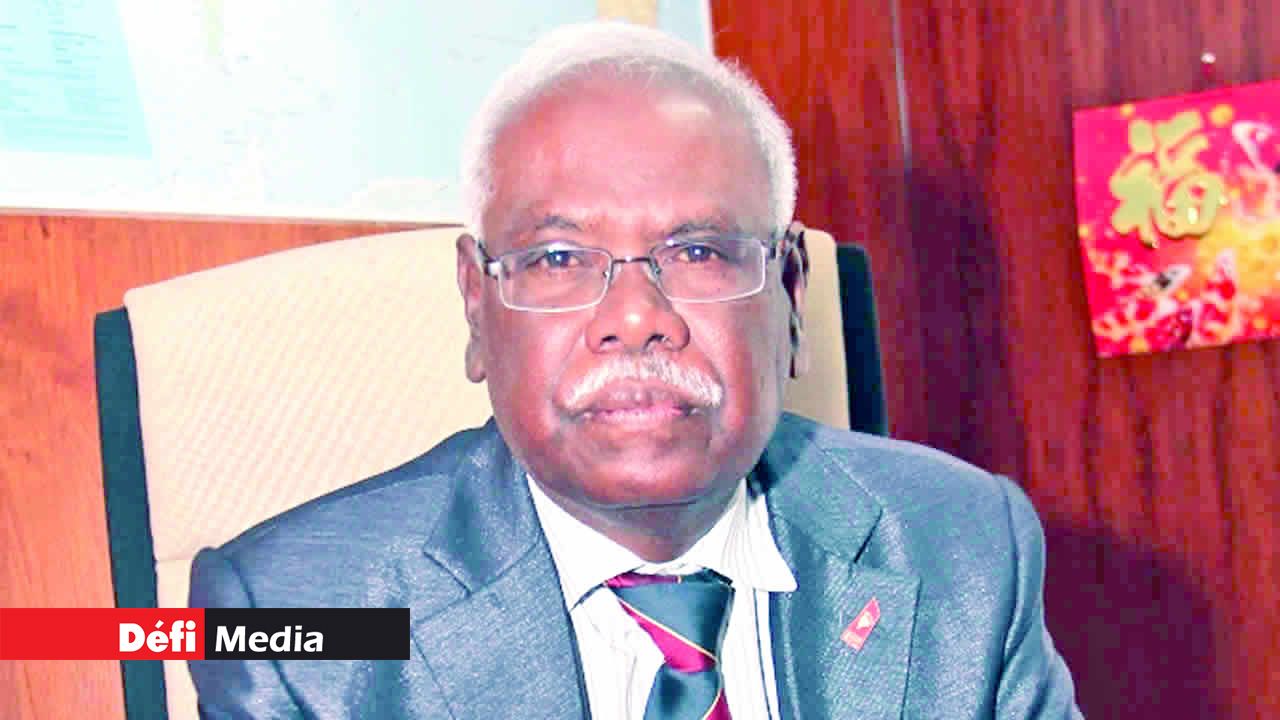
A two-day international conference on the Indentured Labour Route project was held this week, Monday 29 and Wednesday 30 October, at the Hotel Inter Continental, Balaclava. This was the first meeting of the international scientific committee on the project centered around Aapravasi Ghat and symbolising the story of some 500,000 Indentured Labourers, the vast majority from India who were recruited to work on the sugar cane plantations in Mauritius after the abolition of slavery. The project was approved by UNESCO in September 2014.
The Aapravasi Ghat is one of the oldest surviving entry and transit point associated with indentured labour. More than 2.2 million indentured labourers were mobilised mostly from India to be shipped towards more than 26 countries in various parts of the world, making it one of the greatest mass movement of the Indian Diaspora. Consequently, the International Indentured Labour Route Project will complement the Slave Route Project since both relate to the movement of a mass of people across continents. The Opening Session was inaugurated by the Chairman of the Aapraasi Ghat Trust Fund, Dharam Yash Deo Dhuny. News on Sunday met the chairman and asked him a few questions on the significance of the conference.
What is the purpose of the first meeting of this International Scientific Committee?
More than 25 countries form part of the Indentured Labour Route project. Around eleven of them sent their representatives to this important conference. We have invited them to present their views on the overall project and suggestions including their viewpoints on the proposed strategy and projects forming part of the Indentured Labour Route.
It is also an opportunity to discuss and establish a strategy, method and tools to implement the indentured Labour Route project together with activities and projects for memorials and events, research on indenture, international database on indenture and to determine a budgetary estimate, define a strategy for 2017-2020 together with an action plan for the next three years for the Indentured Labour Route project, prepare a calendar of activities for the second session of the international scientific committee and to approve the decisions of the first session of the international scientific committee held in Mauritius.
More than 25 countries form part of the Indentured Labour Route project. Around eleven of them sent their representatives to this important conference. We have invited them to present their views on the overall project and suggestions including their viewpoints on the proposed strategy and projects.
Why does Mauritius want to promote the Indentured Labour Route?
A team from the Aapravasi Ghat Trust Fund (AGTF) was in Calcutta, India, and visited the Mauritian Immigration Depot which is situated at Bhawanipur. The AGTF delegation discussed with the Indian authorities for the setting up of a monument at that specific place in memory of all those immigrants who left their families and country to come to Mauritius.
The Bhawanipur Immigration Depot was the place of departure of those Indian immigrants, with the Aapravasi Ghat as the arrival port in Mauritius. The Aapravasi Ghat Immigration Depot became operational on 1st May 1849, in Port Louis harbour, in order to receive those indentured immigrants.
The “Great Experiment” was initiated by the British Government, in the wake of the abolition of slavery in the British Empire in 1834, to demonstrate the superiority of ‘free’ over slave labour in its plantation colonies. The success of the 'Great Experiment' in Mauritius led to its adoption by other Colonial powers from the 1840s, resulting in a world-wide migration of more than two million indentured labourers, of which Mauritius received almost half a million.
Mauritius wanted to promote the Indentured Labour Route project. In this context, documents were submitted to UNESCO for the inclusion of an item – “Indenture Labour Route Project” on the Agenda of the 195th Session of the Executive Board of UNESCO held in October 2014. To complement the Slave Route Project, which is already being implemented by UNESCO. Both the slaves and the indentured labourers relate to the movement of a mass of people based on inter-cultural exchanges across the continents.
On 31st October 2014, UNESCO approved the establishment of an International Indentured Labour Route, a project to be led by Mauritius and including 26 countries where indentured labourers were sent. The project is intended to complement the existing Slave Route project. UNESCO highlights that the Indenture Labour Route will:
contribute to a better understanding of the dynamics of the movement of millions of peoples and cultures in that age;
highlight the global transformations and culture interactions that has resulted from this history; and contribute to a culture of peace by promoting reflection on cultural pluralism, intercultural dialogue, sustainable development and peace.
UNESCO states that the Route will aim to “connect people, to foster research on indenture, disseminate information on Indentured Labour as an international phenomenon and to set up collaborative programmes that will promote the history of Indentured Labour worldwide.”
There is nothing new in the holding of this conference?
To-day’s international committee on indentured labour has been a long and complex journey that dates back to more than sixteen years ago.
The concept of the Indentured Labour Route has beendiscussed ever since 2001 by Mauritius and in countries that have experienced it. This idea was expounded for the first time in Mauritius in May 2001 at the Mahatma Gandhi Institute where a seminar entitled ‘Coolie Route’ was held. In this seminar, the proposal was ‘Coolie Route-Crossing the Seven Seas.’
The elaboration of this concept was given new impetus by the Aapravasi Ghat Trust Fund, which was created in 2001 and whose main objective was to be devoted solely to the preservation of indentured history and heritage.
The AGTF took the necessary measures to set up the Indentured Labour Route project. In 2006 the Aapravasi Ghat became a World Heritage Site, thus the history of indenture was officially and internationally recognized, and in the same year, the 30th session of the World Heritage Committee recommended that the Indentured Immigration Archives be inscribed on the UNESCO Memory of the World Register. The World Heritage Committee also recommended Mauritius as state party to carry out further research into the global significance and impact of indentured labour in Mauritius and other parts of the world.
What has been your personal contribution to promote the Indentured Labour Route project?
Since I took office as chairman of the Aapravasi Ghat Trust Fund in January 2015, the realization of the Indentured Labour Route has been one of my top priorities and today, with the support of the Prime Minister, Pravind Kumar Jugnauth, the High Commissioner of India, Abhay Thakur, the Ministry of Arts and Culture, the project is taking shape.

Notre service WhatsApp. Vous êtes témoins d`un événement d`actualité ou d`une scène insolite? Envoyez-nous vos photos ou vidéos sur le 5 259 82 00 !




















![[Info Soirée] : « To pa pu al fer dialyz ar nu zordi »](https://files.defimedia.info/sites/default/files/styles/square_thumbnail/public/thumbnail-141225.jpg?itok=-cM816yJ)
